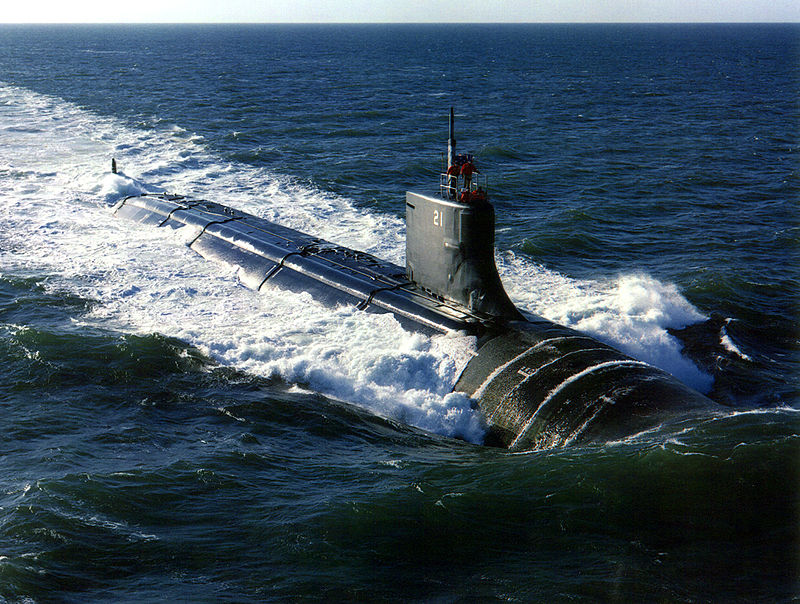First launched in 1976, these submarines were a key strategic naval asset during the Cold War
Since the end of the War in the Pacific in 1945, the US and Japan have developed a close military partnership. Nowhere is this more apparent than at the homeport of the forward deployed US carrier strike group based at Yokosuka, Japan. Yokosuka currently supports the nuclear-powered Nimitz-class carrier USS George Washington, the only forward deployed aircraft carrier in the US Navy.
A short distance away is Japan’s own base at Yokosuka, which is home to the Japan Maritime Self Defense Force (JMSDF) and is part of the same port complex. In 1952 Japan was permitted to begin rearming its military, and since 1954 the JMSDF has maintained a close partnership with the US Navy. Today the town of Yokosuka is home to many thousands of US military personnel and their families.
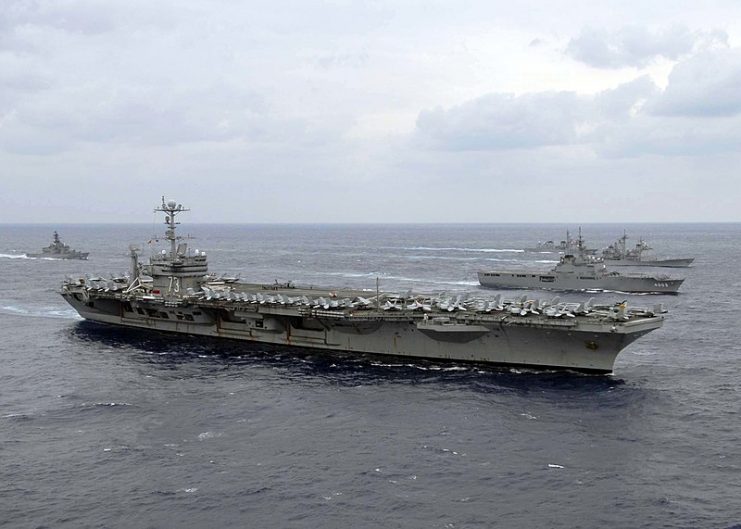
On February 13, 2019 a US Navy Los Angeles-class attack submarine participated in the JMSDF Submarine Competition. The competition is used to train and evaluate Japanese crews’ effectiveness in anti-submarine warfare and involves the use of multiple JMSDF assets. Inviting the US Navy to participate was seen as a perfect opportunity to strengthen bilateral cooperation.
Captain John Stafford, Deputy Chief of Staff at Commander, Submarine Group 7—which deploys submarines throughout the Western Pacific, the Indian Ocean, and across the Arabian Sea—confirmed in a statement that “this is the kind of anti-submarine exercise our crews train for at home and practice at sea,” and that it was an “opportunity to showcase our skills while working with our Japanese counterparts.”
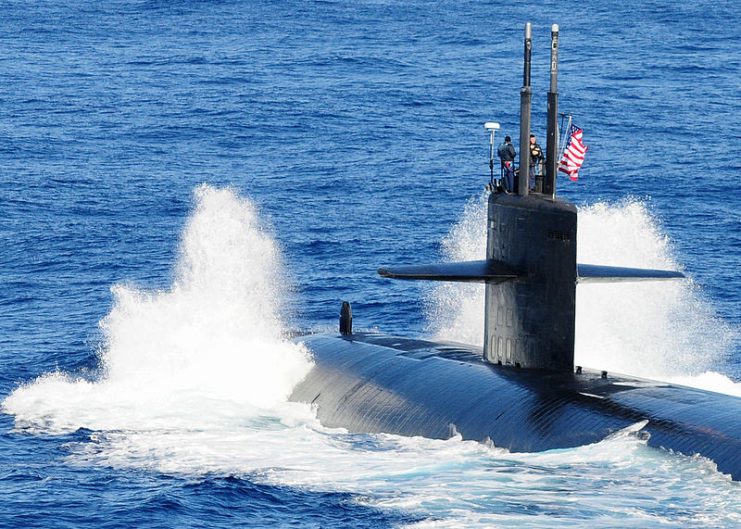
The competition involved five JMSDF ships, one of which was the JS Ise, a Hyuga-class helicopter destroyer. Also taking part were a number of JMSDF submarines, four aircraft wings, and an aircraft squadron. One of the submarines hosted a US Navy sonar technician from the US Pacific Fleet Navy Data Center.
Captain Toshiaki Hoshina, in charge of the organization of the exercises and Captain John Stafford’s counterpart in the Japanese Naval Forces, was pleased to be able to include his neighbors in the competition, saying, “Their participation will significantly improve our interoperability and strengthen the partnership among our forces.”
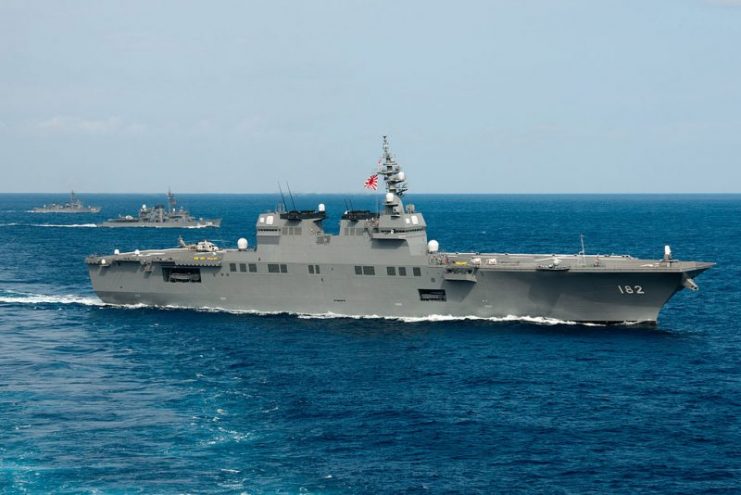
The Los Angeles-class attack submarine is seen as the backbone of the US Navy submarine force, with more than forty boats currently on active duty. Thirty of them are fitted out with a dozen vertical launch system tubes, making them a key asset for the deployment of Tomahawk cruise missiles. There are four homeported at the US territory of Guam and another dozen berthed at Pearl Harbor.
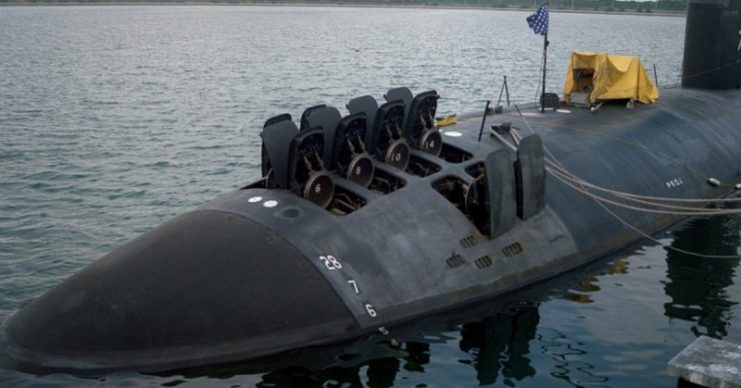
First launched in 1976, these submarines were a key strategic naval asset during the Cold War, and it looks like it will be some time before the fleet will be replaced by the newer Virginia-class or Seawolf-class submarines. The official top speed of these fast-attack ships is a little over twenty-five knots, but there has been speculation that they could exceed thirty-five knots in certain conditions.
The top performing crew in Yokosuka was recognized with the Japanese Battle Efficiency Award. Captain Stafford looked forward to the US Navy expanding its role in what he recognized is a fluid and very dynamic region, noting, “we will continue to develop our capabilities along with our allies.”
